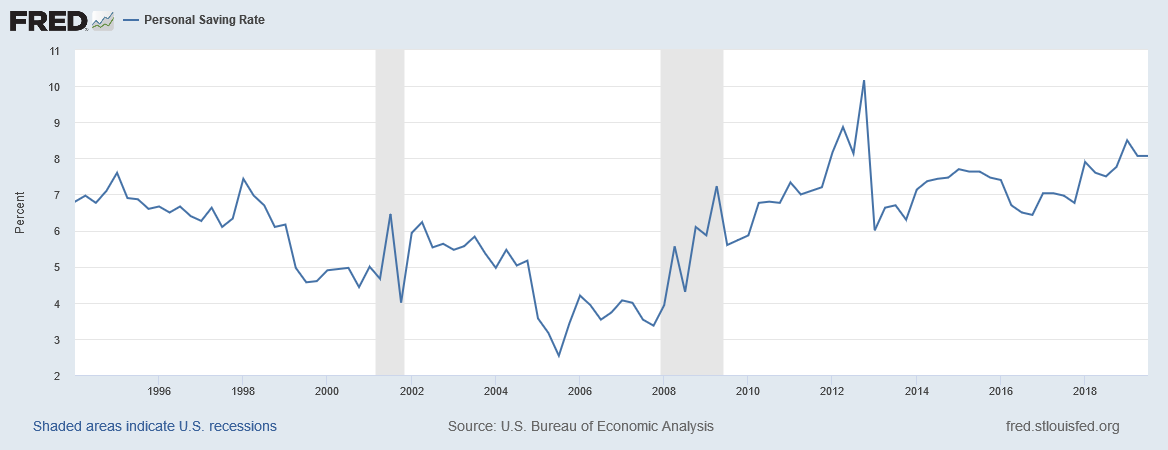October 18, 2016
Binyamin Appelbaum had an interesting interview in the NYT with Boston Fed bank president Eric Rosengren. In the interview he argued that it was important to keep the unemployment rate from falling too low. In a response to Appelbaum saying “low unemployment sounds like a good thing,” Rosengren said:
“During periods when the unemployment rate has gotten to the low 4s, we haven’t stayed there for a real long time. And that’s because we do start seeing wages picking up, and we do see prices start picking up, and we do see asset prices picking up. In that environment we start to tighten and when we tighten we’re not so good at getting it exactly right.
“The problem is the dynamics of how firms and individuals start thinking about the tightening process. Those dynamics make it very hard to calibrate the monetary policy process. People understand tightening. But convincing them of how much you’re going to tighten and that you’re going to hit it exactly right — particularly given that you haven’t hit it exactly right in the past, it’s pretty tough to convince people of that. Not surprisingly, they start worrying about: “Well, they’re starting to tighten, they may tighten too much. What do I do? I start pulling in in terms of my own spending.” Firms start pulling in, saying, “We want to be prepared in case they don’t get this quite right.” Those kinds of actions — which are very hard to predict, and individually everyone behaves a little differently — in aggregate, cause a problem where we sometimes slow down the economy more than we intend.
“So you don’t see instances where we go from 4.2 percent to 4.7 or 5 percent and level off. What you actually see is when we start tightening we end up with a recession.”
Actually, we have very little experience of the unemployment rate falling to the low fours in the last 45 years. The one time it did fall that low was in the late 1990s. In that period, the unemployment rate fell to 4.3 percent in April of 1998. The economy experienced almost three years subsequent years of solid growth, with almost no uptick in inflation, until the collapse of the stock bubble threw it into recession in March of 2001.

The unemployment rate was in the mid-fours in 2007, hitting 4.4 percent in March and May of that year. There was little increase in the inflation rate, but a collapse of the housing bubble did throw the economy into a recession at the end of the year.
In short, there is little evidence of wage price inflation associated with low unemployment rates that Rosengren mentions. There is an issue of asset price inflation (i.e. bubbles) but this has little direct relationship with the unemployment rate. In the case of the housing bubble, prices peaked in the summer of 2006 and were already falling rapidly by the spring of 2007 when unemployment hit its low. The bubble began to form as early was 1996 and with prices rising rapidly in 2002 and 2003, when the unemployment rate was at its recession peak and the economy was still shedding jobs.







Comments